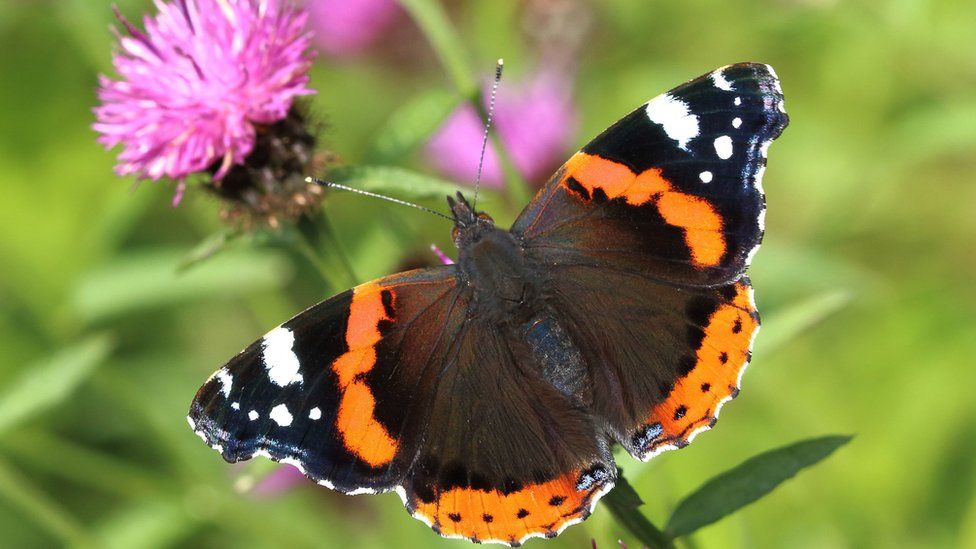-

-
-
Loading

Loading

According to research conducted by the Butterfly Conservation wildlife charity, the number of butterflies in the UK has reached its highest level since 2019. Between 14 July and 6 August, more than 1.5 million butterflies and day-flying moths were recorded. The red admiral was the most spotted butterfly across the UK, with 248,077 being recorded during the research. However, long-term trend figures indicate that many species have significantly decreased since the count started 13 years ago. Dr Zoe Randle, an expert from the Butterfly Conservation, stated that butterflies are a good indicator of a healthy environment. She mentioned that the insects have benefited from the mixed weather experienced in 2023. Despite the rainy and hot days, the vegetation has grown, providing lush and green surroundings for caterpillars to feed on. Dr Randle highlighted that the red admiral butterfly had a successful summer, with a 338% increase compared to last year's count. This butterfly, which usually resides on the Mediterranean coast or in North Africa, is thriving in the UK due to climate change. Scientists collected data from volunteers across the country to measure butterfly abundance and distribution levels of different species. Dr Randle commended the public's engagement with the research this year, noting that participation and the number of counts increased in all UK countries. Conservationists believe that butterflies have benefited from the wetter weather this year, with an average of 12 butterflies recorded per count compared to nine during the long periods of drought and heat in 2022. The Big Butterfly Count revealed that the gatekeeper was the second most-seen species, with 222,896 sightings, a 12% increase compared to last year. However, long-term figures show a 28% decrease in this species since 2010. White butterflies, specifically large whites and small whites, ranked third and fourth, with respective sightings of 216,666 and 190,506. These numbers represent an 11% and 15% increase compared to last year. The research also identified species such as ringlet, common blue, and speckled wood that have shown a decline since last year and over the long term. Dr Richard Fox, the head of science at Butterfly Conservation, emphasized that one of the biggest threats facing butterflies is habitat loss. He stressed the importance of providing butterflies with adequate places to live, feed, breed, and seek shelter in order for them to thrive.